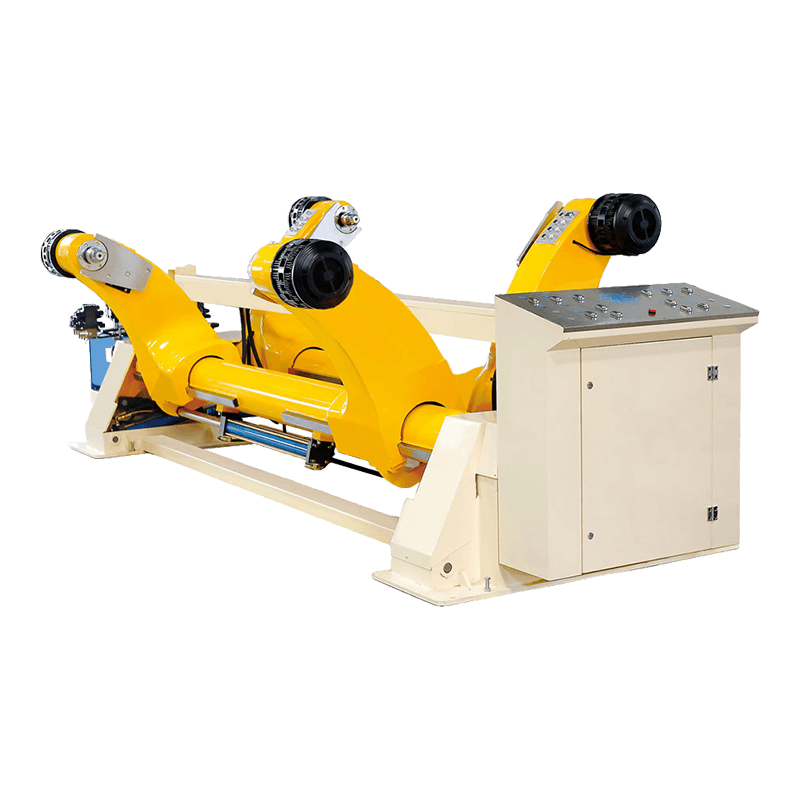
Selecting the appropriate mill roll stand is an important decision for any manufacturing or processing facility that handles rolled materials. A mill roll stand plays a crucial role in supporting and feeding rolls of material into machines, helping maintain smooth and efficient production.
One of the primary considerations when choosing a mill roll stand is the type of material being handled. Different materials, such as metal coils, paper rolls, or plastic films, vary in weight, width, and flexibility. The mill roll stand must be compatible with the specific characteristics of these materials to ensure safe and steady unwinding. For instance, heavy metal coils require a robust and stable roll stand capable of supporting significant weight, while lighter materials may need stands designed to prevent slippage or damage.
The design and construction of the mill roll stand also affect its suitability for a production line. There are various designs available, such as cantilever stands, double-arm stands, or hydraulic models. Each type offers different advantages depending on the production environment and operational needs. Cantilever stands are often easier to load and unload but may have limitations on roll weight. Hydraulic stands can adjust roll positioning automatically, reducing manual labor and improving safety. Understanding these design differences can help in choosing a mill roll stand that fits the workflow and physical layout of the production line.
Another important factor is the ease of integration with existing equipment. A mill roll stand must fit seamlessly into the production line to avoid interruptions or bottlenecks. This means considering the size, mounting options, and control systems of the stand. Some stands offer automated features that synchronize with other machinery, enabling smoother operation and better control over material feed rates. When evaluating a mill roll stand, it's important to assess how well it will work with the current setup and whether any modifications will be necessary.
Safety is a critical consideration when selecting a mill roll stand. Handling large rolls can pose risks to operators, especially if the stand lacks proper safety features. Modern mill roll stands often include guards, brakes, and locking mechanisms designed to prevent accidents and injuries. Choosing a stand with adequate safety measures not only protects workers but also helps maintain continuous production by reducing the likelihood of costly incidents.
Maintenance requirements are also a factor to consider. A mill roll stand that is simple to maintain and service can contribute to better uptime and lower operational costs. Components that are durable and easy to access for inspection or repair reduce the time needed for routine maintenance. Some models feature modular designs, making it easier to replace parts or upgrade the stand as production demands change. Evaluating the maintenance needs before purchasing a mill roll stand can save time and money in the long run.
Cost is naturally a part of the decision-making process. While it's tempting to focus on the initial price, it's important to consider the total cost of ownership. This includes installation, maintenance, potential downtime, and compatibility with other equipment. Investing in a mill roll stand that offers reliability and efficiency may reduce operational expenses over time, offsetting a higher upfront cost. Comparing different options based on overall value rather than just price can cause a better long-term outcome.
Supplier support and service should be taken into account. Working with a supplier who offers technical advice, installation assistance, and ongoing support can make a significant difference in how well the mill roll stand performs in the production environment. Clear communication and responsiveness from the supplier help address issues quickly and minimize disruptions.
Choosing the right mill roll stand for your production line involves evaluating the material type, stand design, integration with existing equipment, safety features, maintenance needs, cost considerations, and supplier support. By carefully considering these factors, businesses can select a mill roll stand that improves production efficiency, enhances safety, and supports long-term operational goals. This thoughtful approach helps ensure that the mill roll stand contributes positively to the overall success of the production process.

 English
English  Español
Español  Português
Português  عربى
عربى 




